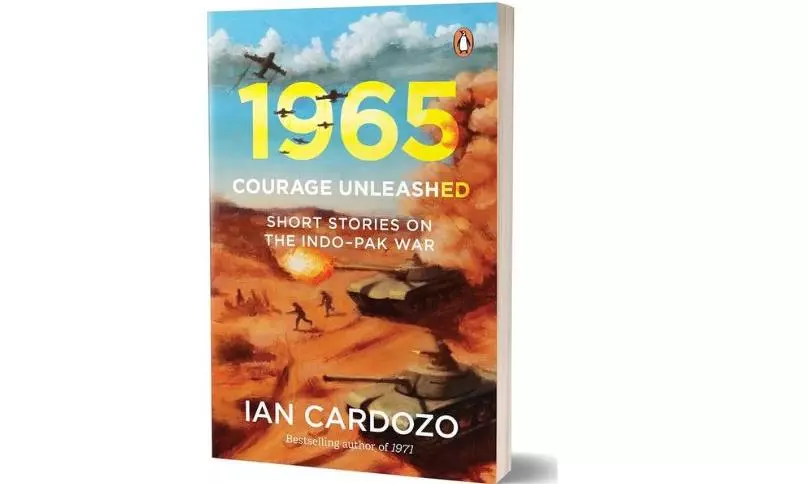Book Review | Valour unlimited from the battlefields of 1965

The first thing the careful reader might notice about this book is that the opening section offers some detail on the context in which the 1965 India-Pakistan war began, and the political and military decision-making that led to its conclusion. For any reader looking for a deeper understanding of the war, it offers a backdrop in which the events described took place: it’s clear, for example, why some places repeatedly see battle, Chhamb, for instance, while others might not. The stories themselves describe some of the actions of outstanding soldiers, regardless of rank, who decided the course of the war.
Second, it’s hard to think of anyone better fitted to talk about courage. The author bio, mentions that the author was the first ever war-disabled officer to command a battalion in the Indian Army, but not that he had the sheer nerve to hack his own leg off after he was injured in a landmine blast. That first-hand knowledge counts.
Third, there’s something of the brotherhood of professional men-at-arms that cuts across national loyalties. One of the stories is of how the fates of families of two soldiers, one Indian and the other Pakistani, involved in wars of 1965 and 1971, were intertwined. The countries might have been at war, but not these families.
Fourth, an anecdote at the end of a longer story involving the author raises the issue of men killed by friendly fire in peacetime. What do we do to prevent such occurrences? The author doesn’t really say.
The stories themselves are excellent, and their leading characters outstanding. There’s Abdul Hamid, a posthumous Param Vir Chakra awardee who, in the crucial battle of Asal Uttar, on 9-10 September, 1965, destroyed eight enemy tanks by himself and died taking down the ninth.
And there’s Rifleman Jumbahadur, Cardozo’s batman, whose father served in the same regiment. Jumbahadur’s father told his son to look after Cardozo. Jumbahadur, wounded earlier in the war, ignored his own difficulties, rejoined the regiment in action, and was brought down by enemy fire at Cardozo’s side. Cardozo was forced by circumstances to leave him, in cover, and by the time he returned, Jumbahadur was gone.
Then there’s Squadron Leader Trevor Keelor of the IAF, flying a tiny Gnat on September 4, taking on and bringing down a Pakistani Air Force F86 Sabre that was moving into position to attack Keelor’s colleagues. The Sabre had Sidewinder missiles, while the Gnat had only guns. That was the first air-to-air victory for a Gnat.
A professional lifetime of writing reports for the army shows its effects in so-called “objectivity”, the excessive use of passive voice and a vocabulary used mostly by officialdom. Otherwise, this is a great read.
1965: Courage Unleashed
By Ian Cardozo
Penguin
pp. 234; Rs 350

